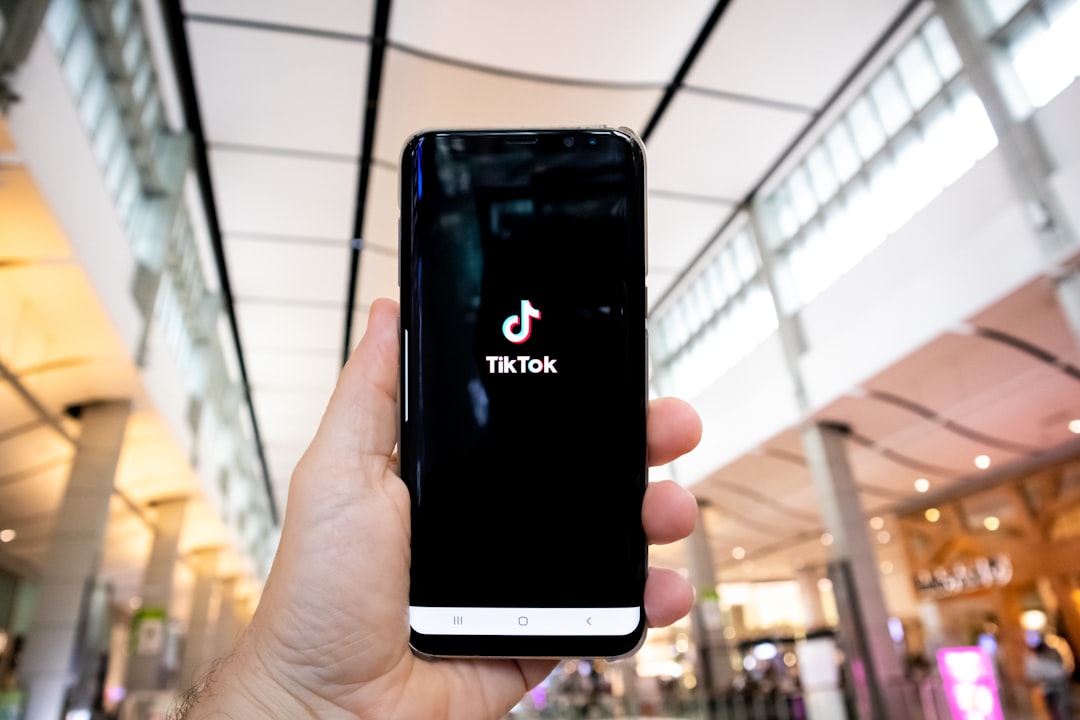How to use Database in NextJs Application
Next.js is a powerful and popular React framework that makes it easier to build and deploy web applications. It simplifies routing, server-side rendering, and more. One of the key features of Next.js is its ability to read and write data from a database.
In this tutorial, we’ll show you how to use a database with Next.js. We’ll cover the basics of setting up a database connection and querying data, as well as how to use the Next.js data fetching methods.
Setting up a Database Connection
The first step in using a database with Next.js is to set up a database connection. This involves creating a configuration file that contains the necessary connection information.
The configuration file should include the database type, hostname, port, username, and password. For example, if you’re using a MySQL database, your configuration might look like this:
const databaseConfig = {
type: 'mysql',
host: 'localhost',
port: 3306,
username: 'myusername',
password: 'mypassword'
}Once you’ve created the configuration file, you can use it to connect to the database. You can do this by using a database library such as Sequelize (opens in a new tab).
Querying Data
Once you’ve connected to the database, you can start querying data. The most common way to query data is to use an SQL query. For example, if you want to query a table called users, you could use the following SQL query:
SELECT * FROM usersThis query will return all the data from the users table. You can use the returned data however you need in your application.
Using Next.js Data Fetching Methods
Next.js provides several data fetching methods that you can use to query your database. You can use the getStaticProps and getServerSideProps methods to query your database on the server-side. You can use the getStaticPaths method to query your database for dynamic routes.
For example, if you wanted to query the users table on the server-side, you could use the getStaticProps method like this:
export async function getStaticProps() {
// Query database
const users = await db.query('SELECT * FROM users');
// Return data as props
return {
props: {
users
}
}
}This example will query the users table and return the data as a prop. You can then use the data in your application.
Conclusion
In this tutorial, we’ve shown you how to use a database with Next.js. We’ve covered the basics of setting up a database connection and querying data, as well as how to use the Next.js data fetching methods. With this knowledge, you should be able to use a database with Next.js in your own applications.
